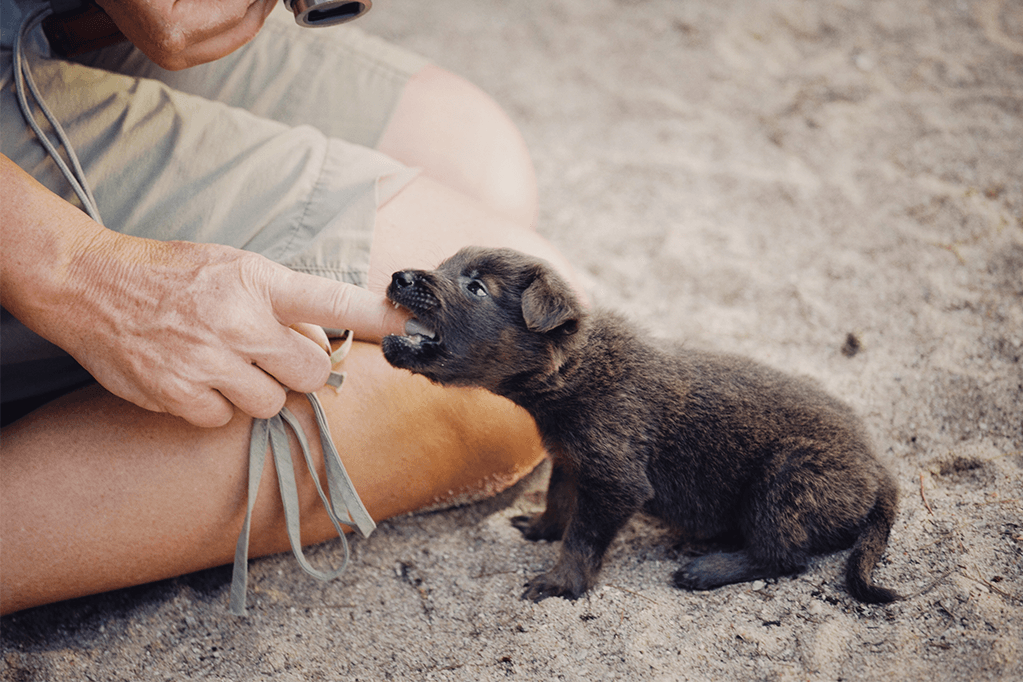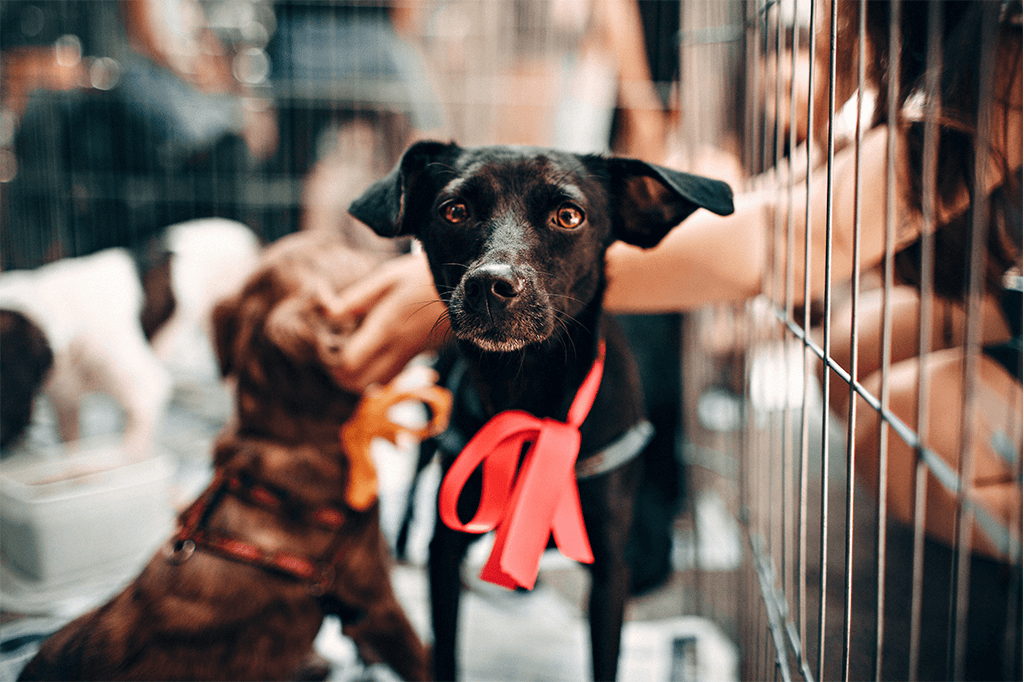Get Your Dog’s Prey Drive Under Control
Prey drive varies hugely in individual dogs. While some dogs naturally have a low prey drive, others simply cannot resist chasing every moving thing around them.
It goes without saying that this can be extremely difficult to deal with…
Fortunately, you don’t need to worry too much. By putting some time and effort into training your pooch, you will soon be able to get that prey drive under control.
KEEP YOUR DOG ON A LEASH
It may be tempting to un-clip that leash so that your dog can have a good run, but this is something that you need to avoid doing until you have managed to gain some control over your dog’s prey drive.
Keeping your dog on a leash gives you much more control to begin with. You should also make sure that your dog does not have any access at all to prey animals.
Each time your dog chases an animal, this reinforces the behavior. This means that your dog will be even more likely to do the same thing again in the future.
By putting a stop to this right away, you will notice results from your training much faster.
REDIRECTION
Redirecting your dog’s attention is one of the most important strategies to learn when trying to control prey drive.
What exactly is redirection?
It means being able to shift your dog’s attention away from the prey and onto yourself. It is much easier to do this before your dog fixates on the prey, or very soon after. If you wait too long, it will be difficult to break your dog’s focus.
So, how do you redirect?
Each time you notice a prey animal in the distance, simply go in the other direction. Keep things positive, rewarding your dog for following you.
What happens if you have no choice but to go in the same direction as the prey animal?
Make sure you have a squeaky toy or a high value treat to hand. Use this to distract your dog, making sure that you only pass by the animal once your dog is fully focused on you. Once you have made it past, you can then reward your dog with the treat or toy.
Ideally, you should work on redirecting from a distance. Once your dog understands that it is more rewarding to stay focused on you rather than the prey animal, you can then shorten this distance and practice this at a closer range.
A clicker can help your dog to pick this up even faster. Simply click and treat each time your dog focuses on you rather than on the distractions around him.
BE AWARE OF YOUR DOG’S BODY LANGUAGE
As mentioned above, you will have much more success at controlling that prey drive if you catch it in its early stages.
There are five main stages to prey drive:
-
Searching for the animal
-
Stalking the animal with the eyes
-
Chasing the animal
-
Grabbing the animal
-
Biting to kill the animal
Ideally, you want to get yourself involved at the very first stage, before your dog manages to latch his eyes onto the prey. This means that you will need to continuously be looking around you, so that you can spot any prey animals before your dog does.
You will notice your dog’s eyes scanning the environment when the two of you are out. Keep interrupting this, encouraging your dog to focus on you instead. Make sure that you reward him heavily each time he does.
If your dog’s ears have pricked up, and his eyes are focused on something in the distance, then this means he has moved on to the eye stalking stage. You will need to tighten your hold on your dog’s leash and work even harder on redirection.
WORK ON IMPULSE CONTROL
Prey drive is an impulsive behavior.
Fortunately, impulse control is something that dogs pick up on quite quickly.
There are certain commands out there that are really useful for this, such as:
-
Leave it
-
Look at me
-
Place
-
Come
-
Drop it
These are vital commands to teach to a dog with high prey drive.
You will need to begin by working on these commands in a calm and controlled environment. Slowly introduce distractions, such as balls and frisbees. Dogs with a high prey drive will want to chase these just as much as they will want to chase a prey animal.
Once your dog has mastered the above commands, you can then move on to practicing them around a wider range of distractions.
One thing to keep in mind…
Make sure that you remain calm throughout your dog’s prey drive training.
If you end up shouting a command or getting too excited, your dog will quickly pick up on this energy. It will likely lead to over-excitement and hyperactivity in your dog, which will only slow down his progress.
KEEP YOUR DOG MENTALLY STIMULATED
Many people think that if they exercise their dog enough, then prey drive will be reduced.
However, physical activity alone is not enough to help with this…
Instead, you need a good mix of both physical and mental stimulation.
When it comes to mental stimulation, nose work is always beneficial. Even hiding treats around your house or garden, or providing a sandbox for your pooch to dig in, can help to tire that brain out. There are plenty of other mental games out there too, especially if you get creative.
You should also be opting for plenty of variety when it comes to the physical, in addition to walks. Try taking your dog swimming or hiking uphill, as these are great forms of exercise. Keeping the physical activities varied will mean that your dog gains mental benefits from them too.
If you do not do anything about your dog’s prey drive, it will not be long before this gets out of control. Make sure that you start managing these behaviors as soon as you notice them, because this will give you a much happier and more well-balanced dog in the long run.



